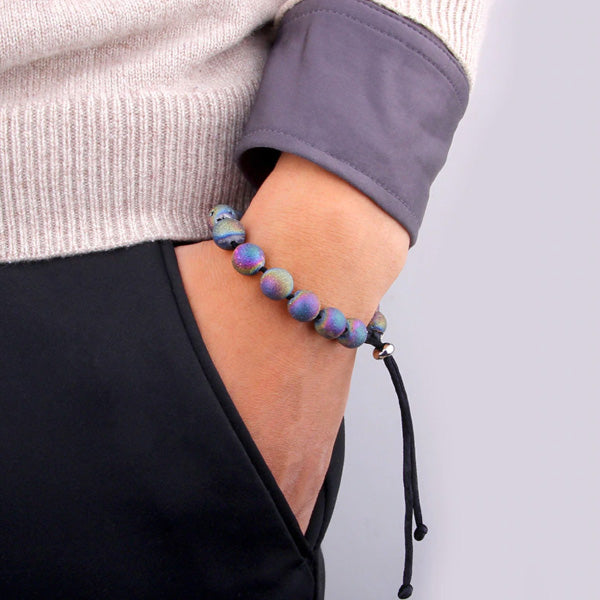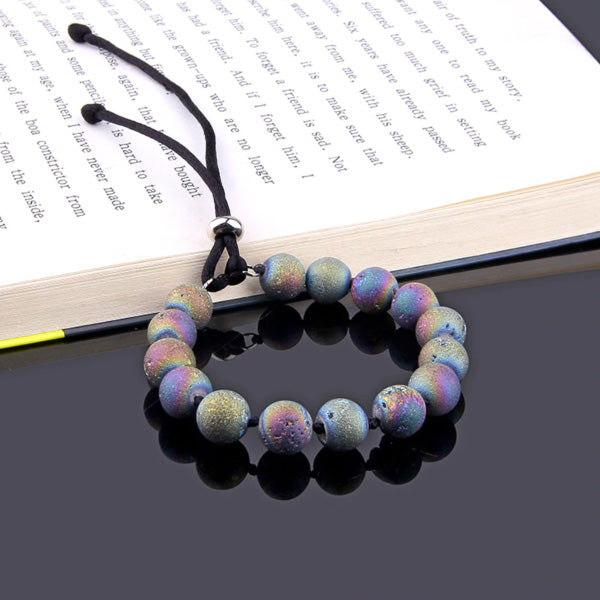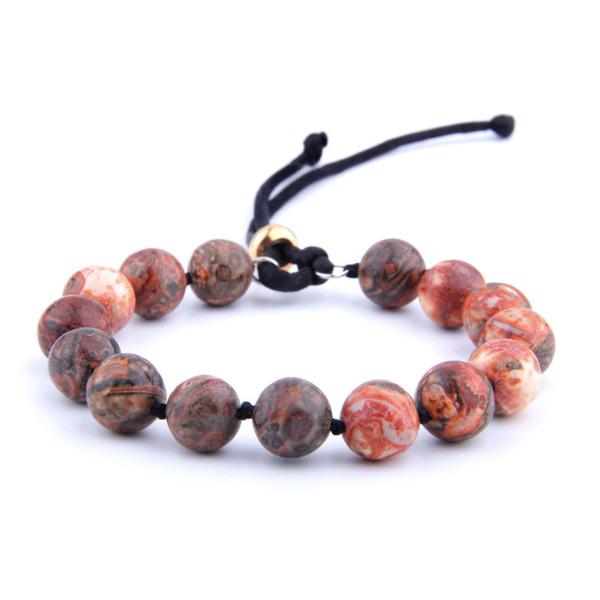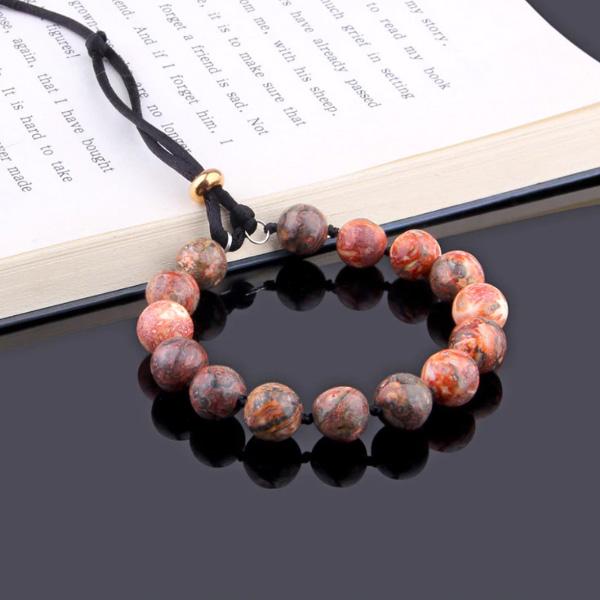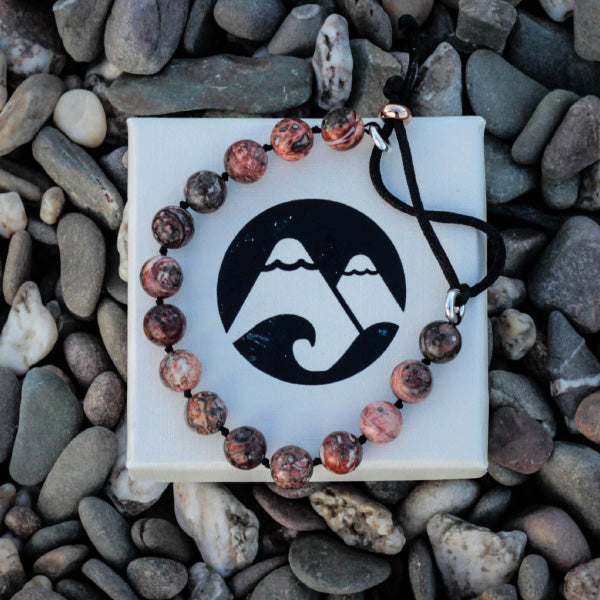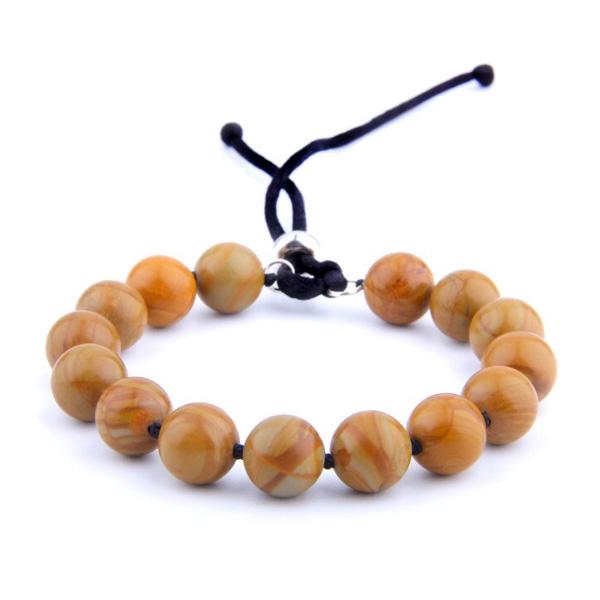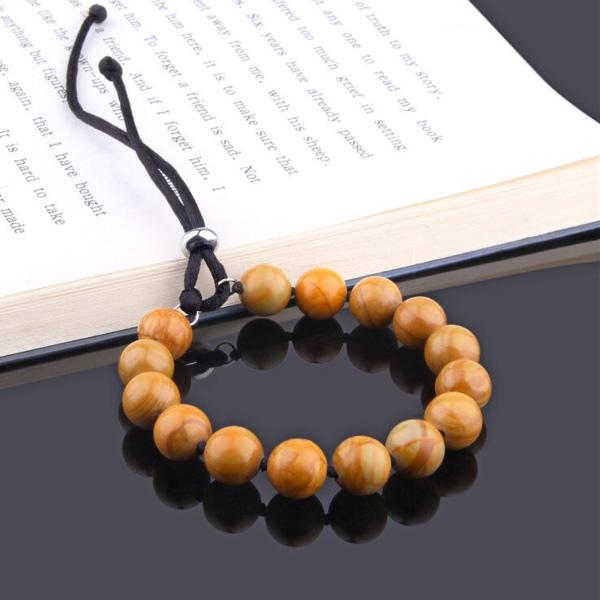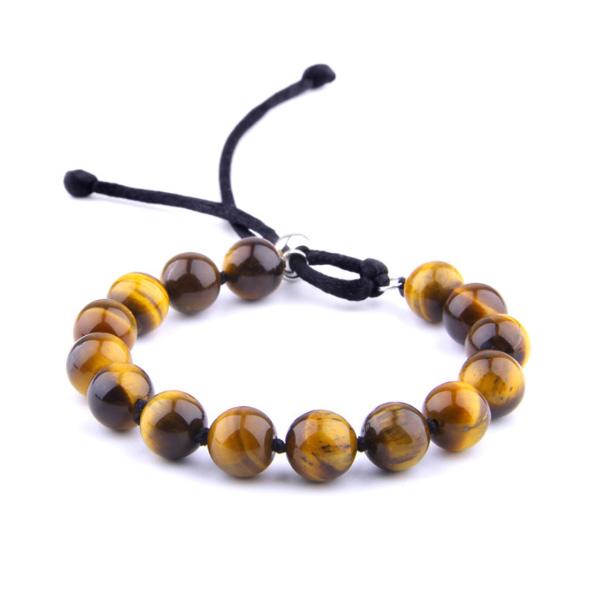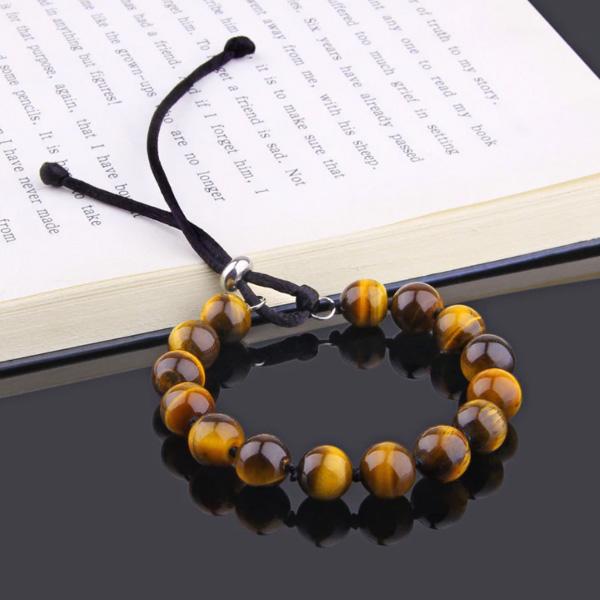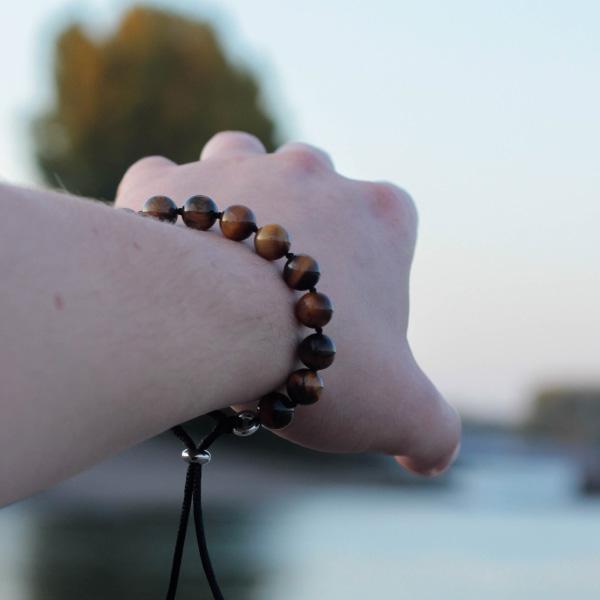Easy Garden Herbs to Plant at Home
Having fresh herbs for your salad, green smoothies and other foods is a luxury for many people. Herbs from the garden are not only healthier and more aromatic but also much cheaper than dried or frozen spices from the supermarket shelf. But even if you don't have the space for a garden, you can quickly grow many herbs in a confined space.
The only things you need are high-quality seeds, preferably from organic farming, nutrient-rich soil, as well as the right flower pots. In this article, you will find out which herbs you can pull on the windowsill or even your balcony and what is essential for that.

TL;DR: Herbs are usually easy to care for and significantly more durable than ornamental flowers. With a little effort, the success will set itself, and you will always be able to enjoy spicy, fresh and healthy herbs. Easy-to-grow herbs are dill, parsley, chives, oregano, basil, peppermint, cress, and thyme.
Before you start planting
Kitchen herbs on the windowsill
New plants in the supermarket are usually quite expensive. While meat and cereal products are often very cheap, you pay a small fortune for fresh herbs, fruits and vegetables in organic quality. With your natural products from the windowsill or the balcony, you save a lot of money.
By covering your windows with herbs and other plants, you can not only gain from the benefits of urban gardenings but also a tasty addition for your cuisine. To grow herbs successfully on your windowsill, consider the following tips:
- Basil, dill, cress, oregano, parsley, peppermint, chives and thyme are particularly suitable for growing by the window
- Prefer a sunny location, i.e. a window that faces west or south
- There should be no heating under the herb plants
The right time to water herbs
The plants should be watered regularly, but waterlogging should be avoided in any case. Therefore, you should always make sure that no water remains in the coaster. The leaves can wither due to waterlogging as well as due to excessive dryness.
Check the plants occasionally for pests and remove infected parts of the plant and withered leaves with the appropriate tools. It is advisable to remove the flowers from the plants immediately. Even if they look beautiful, they rob the plant of a lot of strength and aroma is lost.
Our tip: Herbs are best watered in the morning. Be careful not to over-water Mediterranean herbs as they come from more dry areas. Most herbs prefer partial shade and do not tolerate direct sunlight. They should also not be placed directly over a heater, as this means that the moisture from the earth evaporates more quickly.
Fertilizing your herbs
In nature, bees and other insects pollinate the flowers. In the apartment, a bunch of simple requirements is enough. A few weeks after planting, lightly fertilize the plants. Organic fertilizers are a great option, such as guano, various kitchen waste like eggshells and coffee grounds or homemade herb infusion from nettles, horsetail or dandelions.
TIL magnolia plants are so ancient that they're pollinated by beetles because they existed prior to bees appearing from r/todayilearned
Harvesting is never hasty
Always harvest fresh as needed, only as much as you need. Only cut back the plants in autumn and dry or freeze your herbs in portions. All Mediterranean herbs are particularly well suited to be tied in bunches and dried hanging down.
Choose pots big enough for the plant
For example, cress needs a low and flat bowl. Sage and rosemary, on the other hand, require larger pots. Substrates and terracotta pots are best suited for sowing.
Herb list for your home
If you have made your preparations and want to start with harvesting herbs and don't have a big garden where you are able to plant them, we concluded a list of herbs that are simple to grow at home.
1. Dill
Dill should be sown in small rows at a distance of 15 centimetres / 6 inches, so it needs a relatively large planter. Dill does not need as much light and also thrives at temperatures of 10°C - 15°C / 50°F - 59°F.
2. Parsley
There are two types of parsley, the smooth and the frizzy, with the smooth variety being more aromatic. Parsley grows in bright places without direct sunlight. The plant is biennial and should be watered only a little. Fresh parsley is a must in every kitchen, so it's worth having a pot of parsley in your kitchen in every way.
You can also plant parsley in partially shaded locations. If you want to know precisely how parsley will soon grow in your kitchen, then check out our article about parsley.
3. Chives
With chives, you should make sure always to use fresh seeds, because after a more extended period of storage it does not germinate very well. However, since chives grow quite densely, they do not thrive very well in the pot and should, therefore, be sown regularly.
4. Oregano
To sow oregano, fill a pot with seed soil. Mix the oregano seeds with some sand and then sprinkle them on the seed-soil in the pot. Pour some soil over it and lightly press it down. The container should be watered regularly, and the seeds will start to germinate after eight to ten days. As soon as the individual plants are a little larger, you should transplant them into several pots. Don't forget to water the plants regularly but not too much.
5. Basil
Basil is one of the most popular culinary herbs and is often bought in a pot from the supermarket. Unfortunately, these little plants usually do not last long because the appropriate care instructions are missing. You can find out how your basil is thriving here.
Having fresh basil in the kitchen is a blessing. Because basil tastes excellent in salads, pasta, on pizza and you can easily make pestos and sauces on it.
If you have chosen a fresh basil pot from the supermarket, it is worth paying attention to a few things so that the plant grows and thrives as well as possible. First, you should know that the plastic film should be removed gradually. Do not tear off, but shorten the film a few centimetres every day. Then you divide the plant into 2-3 parts and plant them in your pots. A sunny location is a must for basil.
6. Peppermint
Peppermint should be planted in loose soil. It grows particularly well in a shady place. Mint needs a lot of nutrients, so it should be fertilized regularly but modestly and repotted every three years. The plant grows reasonably strong and should be cut several times a year to avoid overgrowth. The mint needs a lot of water, but cannot tolerate waterlogging. Hydroponics would also be recommended for the mint.
Peppermint is actually super pretty! from r/gardening
7. Cress
To pull cress, you need a flat bowl, a small plate or saucer, household paper or cotton wool and water are enough. Fill the bowl with the paper or cotton wool and pour water over it until it is very moist. Now you can sow the cress seeds on the damp paper or cotton wool. Cover with a wooden board and check the moisture regularly over the next two days.
The cress begins to germinate after two days and is high enough after three to five days to be harvested with scissors. Do it yourself instead of buying - garden and balcony.
8. Thyme
Thyme is a classic, Mediterranean spice plant. It is perennial and can grow up to 40 centimetres / 15.7 inches high. It grows best in a sunny location. It has a very intense taste and should be used sparingly.
If there is still the urge to grow different herbs in your home, feel free to take a look at this video:
FAQ
- When is the right time to sow herbs in the house?
There is no such thing as sowing times which you should avoid because herbs can be sown for the home all year round. But if you do this to get direct access to your garden herbs, you should calculate the time accordingly: How long does it take for the herbs you want to ripen from a seed to a harvestable herb? When is the end of a herb harvest from the garden?
- Which herbs are suitable for growing indoors?
Most of the local herbs don't mind being in the apartment. In principle, however, only those herbs should be cultivated that are really used in the kitchen - and also not in excess.
Our tip: It should also be noted that some herbs would like to have a roof over their heads but spread such a stench that the homeowner would rather not have them in his own four walls. Wormwood and coriander are prime examples of herbs with an intense fragrance.
- When should I prune my herbs?
So that the herbs do not grow too high and too densely, they should be kept small by pruning. If you miss this time, the problem can be remedied by a somewhat more rigorous pruning.
- The right location for herbs?
Herbs that love the sun should be in a place where they get at least six hours of light a day (ideally even sun) - preferably south-facing windows. A lack of light leads not only to smaller leaves, which would be painful but also to less aroma - and that is not the point and purpose of seasoning with herbs. In particular, lavender, oregano, sage and thyme need not only sun but also warmth. All other herbs need brightness for their growth. In general, temperatures between 15°C / 59°F and 21°C / 70°F are optimal.

